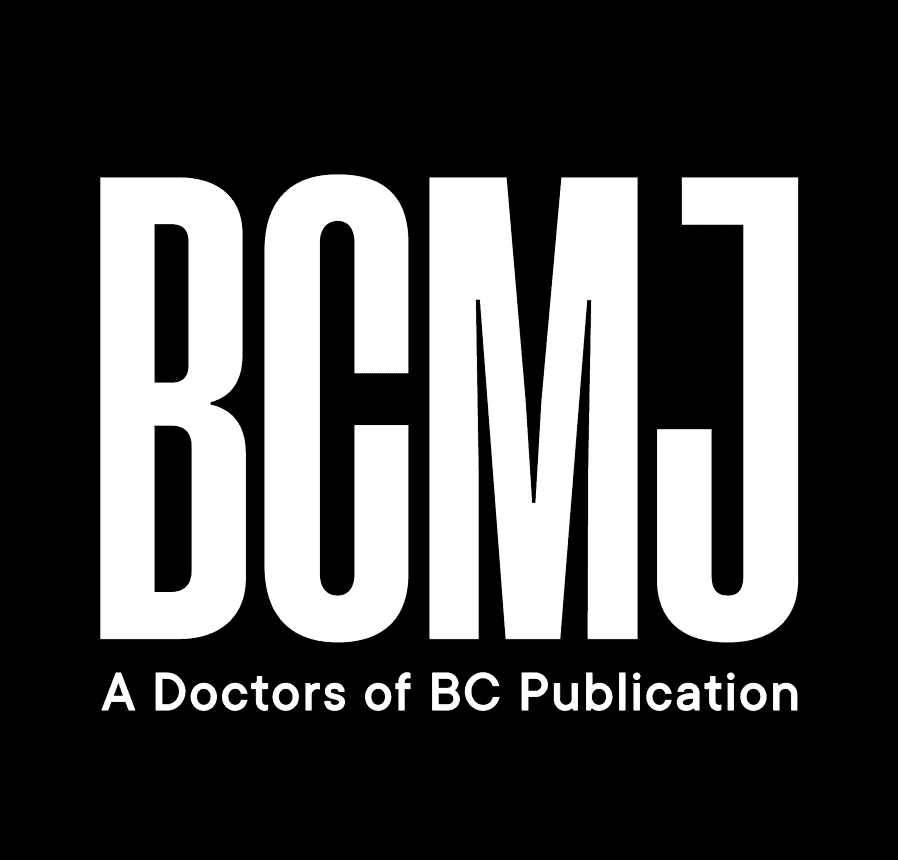Explore Doctors of BC’s 2024 Report to Members and the initiatives supporting BC doctors and their patients
Doctors of BC’s mission is to empower BC doctors as leaders in delivering and enhancing patient care. The 2024 Report to Members highlights five key initiatives that exemplify the association’s work.
1. Standing orders policy change reduces burdens on BC doctors
Doctors of BC successfully advocated for a change to the Standing Order Policy for patient lab requisitions, reducing physicians’ administrative burdens. The updated policy, effective later in 2025, extends standing order expiration dates from 1 to 2 years, saving physicians an estimated 30 to 40 hours annually.
2. Supporting the practice needs of BC physicians so they can focus on patient care
The Family Practice Services Committee’s (FPSC’s) Practice Support Program (PSP) and Doctors Technology Office (DTO) help family physicians run their practices more efficiently, optimize their use of health care technology, and effectively manage their patient panels to provide proactive and preventive care.
In 2024:
- The PSP launched panel management group learning sessions focused on supporting family physicians through the three phases of panel management.
- The DTO publishing new guidance for physicians on the use of AI scribes in practice.
- The new EMR Skill Building Sessions initiative from the DTO helped physicians, medical office assistants, nurse practitioners, and other practice team members expand their expertise in using their EMR system.
- FPSC staff collaborated with the Ministry of Health’s Healthy Living and Health Promotion Branch on the Lifetime Prevention Schedule project to improve the spread and consistency of screening rates in the province.
3. The Community Physician Health and Safety program: SWITCH to a safer practice
Recognizing the operational challenges faced by BC physicians, Doctors of BC and the Ministry of Health partnered to create the Community Physician Health and Safety Oversight Working Group. In 2023, the working group developed the Community Physician Health and Safety program, with significant support from SWITCH BC, an organization dedicated to the safety and well-being of BC health care professionals. SWITCH BC brings expertise in occupational health and safety, offering evidence-informed resources and practical support tailored to the unique needs of community-based physicians. Throughout 2024, the Community Physician Health and Safety program offered comprehensive resources to help physicians create safer and more efficient practices.
4. The Physician Peer Support Initiative: Nonclinical support for physicians with work, life, and other issues
The Physician Health Program and the Joint Collaborative Committees partnered to launch the Physician Peer Support Initiative in 2022, allowing physicians to connect with a peer who can provide nonjudgmental, nonclinical, and emotional support with work issues and other life challenges. The initiative has embraced its goal of developing, providing training for, and launching formal physician peer support programs across the province. The model provides resources for the Divisions of Family Practice, medical staff associations, and physician organizations to build local peer support programs based on their strengths. It also provides opportunities to share knowledge and collaborate provincially.
5. Physician champions committed to anti-racism and cultural safety
Truth and reconciliation have been embedded as a pillar of Doctors of BC’s strategic plan, reinforcing a commitment to advancing cultural safety in medicine.
The Joint Collaborative Committee physician champions are a group of Indigenous and non-Indigenous physicians committed to anti-racism and cultural safety in the health care system. They met throughout the year to connect; identify, coordinate, and cultivate best practices; and explore the creation of a community of practice.
Additionally in 2024, a group of Indigenous physicians and physicians practising in Indigenous health care contexts gathered for the first time to focus on pathways to developing sustainable Indigenous health care programs, empowering the next generation of Indigenous physicians, blending Western and traditional practices, and expanding outreach and accessibility.
Executive and committee reports
Along with the five feature stories are reports from the President, CEO, Chair of the Board, and Speaker of the Representative Assembly, as well as reports of the committees, societies, and affiliated organizations, describing what each committee of physicians is doing to create a better future for health care.
Read the complete 2024 Report to Members.
hidden
 |
| This work is licensed under a Creative Commons Attribution-NonCommercial-NoDerivatives 4.0 International License. |
